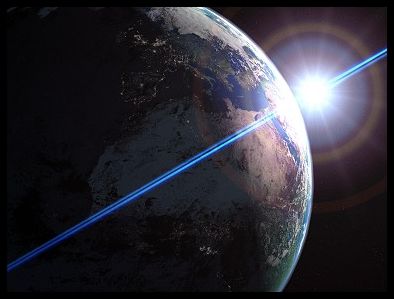
Life in the Universe
Prof. Scott Gaudi

|
Astronomy 141 Life in the Universe Prof. Scott Gaudi |
Key Ideas
Death in the Universe
Death on Earth
Impact Threats
The Sun Today
"Quiet Adulthood"
Current Habitable Zone
Mid-Life Crisis for the Earth (First Crisis)
Venus on Earth (Second Crisis)
Can we survive the first two crises?
However, whatever we do we are ultimately doomed, as the Sun will stop shining.
Hydrogen Core Exhaustion (Third and Final Crisis)
The Death of the Sun (and so Life on Earth and Life in the Solar System)
"Lively Old Age"
Climbing the Red Giant Branch
The Helium Flash
The Horizontal Branch
An All-Too-Brief Retirement
Helium Core Exhaustion
AGB Phase Mass Loss
The Tremors of Old Age
A Final Flowering
The Final Fate of the Solar System
With no additional energy source, the Sun gradually fades to oblivion.
Ultimately, the Earth cools to a few degrees above absoluate zero.
All stars will eventually share a fate similar to that of the Sun.
See A Note about Graphics to learn why the graphics shown in the lectures are generally not reproduced with these notes.
[ Return to the Astronomy 141 Main Page | Unit 5 Page ]